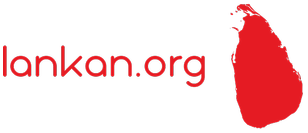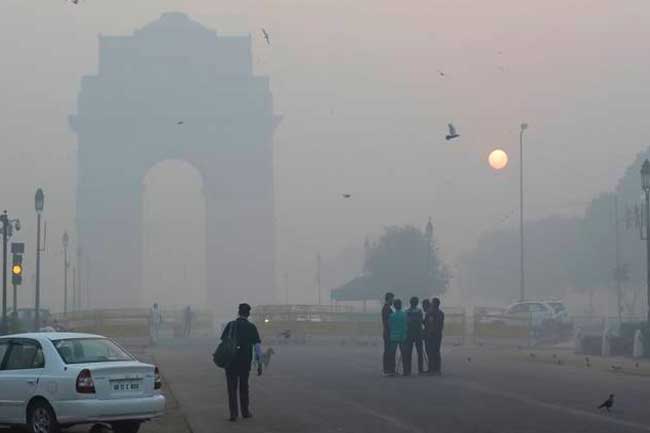
COLOMBO, Sri Lanka – The Sri Lankan economy demonstrated robust vitality in the second quarter of 2025, recording a significant Gross Domestic Product (GDP) expansion of 4.9 percent year-on-year. This impressive performance marks the eighth consecutive quarter of positive growth for the island nation, solidifying its path toward sustained recovery from the severe economic crisis it faced just a few years ago. The latest official data, released by the Department of Census and Statistics (DCS), has been widely reported in recent days, providing an up-to-the-minute snapshot of Sri Lanka’s economic rebound.
Key Drivers Propelling Growth
The economic surge in Q2 2025 was broad-based, with all major sectors contributing positively. The industrial sector led the charge, expanding by a notable 5.8 percent. This was closely followed by the services sector, which grew by 3.9 percent, and the agriculture sector, which saw a 2.0 percent increase.
Within these sectors, several sub-segments exhibited particularly strong performance. The services sector benefited significantly from a thriving IT programming and consultancy segment, which soared by 18.7 percent, alongside robust growth in financial services (+12.3%) and postal and courier services (+11.6%). Industrial activity was buoyed by substantial gains in construction (+8.5%) and mining and quarrying (+16.6%), while manufacturing also posted a respectable 3.7 percent expansion. In agriculture, animal production (+13.9%) and cereal cultivation (+12.4%) were key contributors.
Underlying this sectoral growth were favorable macroeconomic conditions. The economy benefited from lower interest rates, which stimulated business activity, and the lifting of vehicle import restrictions, contributing to stronger wholesale and retail trade, particularly in motor vehicle sales and repairs.
A Journey of Recovery and Reform
Sri Lanka’s current economic momentum is a testament to its determined efforts to overcome the unprecedented meltdown of 2022, which saw depleted foreign reserves, runaway inflation, and acute shortages. The nation’s engagement with an IMF-supported stabilization program, coupled with rigorous austerity measures and debt restructuring, has been crucial in establishing a more stable footing. International financial institutions, including the World Bank, have acknowledged Sri Lanka’s remarkable progress in rebuilding its economy.
However, the journey is not without its complexities. The Central Bank of Sri Lanka’s (CBSL) Business Outlook Survey (BOS) revealed that while business confidence improved in Q2 2025, reaching its highest level since Q2 2022, the Systemic Risk Survey for the second half of 2025 indicates a decline in medium-term confidence, largely due to “Global macroeconomic risks” and geopolitical tensions.
Navigating Current Headwinds and Future Projections
Despite the encouraging Q2 GDP figures, certain challenges persist. Export growth experienced a slowdown in Q2 2025, registering 6 percent compared to 8.1 percent in Q1, primarily impacted by tariff-related uncertainties. Although the United States has reduced tariffs on Sri Lankan exports to 20 percent from an earlier 44 percent, the external trade environment remains challenging for a small, trade-dependent nation.
The vital tourism sector, a significant contributor to foreign exchange inflows, faces mixed signals. While tourist arrivals continue to rise, foreign exchange earnings from tourism saw an 8.2 percent decline in August 2025 compared to the previous year, marking the second consecutive month of revenue decrease despite a 20.4 percent increase in visitor numbers. This suggests that Sri Lanka may miss its ambitious 2025 tourism arrival and revenue targets, necessitating strategic interventions to maximize economic benefits from growing visitor numbers.
Furthermore, official data indicate that the net foreign assets of Sri Lanka’s banking system have begun to reverse course after April 2025, following interest rate cuts and an uptick in private credit. This trend raises concerns about the sustainability of foreign exchange reserves.
Recent Policy and Economic Indicators
In a critical development, Sri Lanka’s headline inflation, as measured by the Colombo Consumer Price Index (CCPI), turned positive in August 2025, recording 1.2 percent year-on-year. This marks the end of an eleven-month period of deflation, a significant shift in the economic landscape. The Central Bank of Sri Lanka anticipates a gradual rise in inflation towards its 5% target, supported by ongoing policy measures.
President Anura Kumara Dissanayake, in a recent address on September 17, 2025, reiterated his commitment to preventing future economic crises. He projected that Sri Lanka would achieve a growth rate close to 5 percent by the end of 2025 and that foreign reserves would reach $7 billion. Further boosting infrastructure, Sri Lanka has resumed a key highway project with a new $500 million Chinese funding, signaling renewed international investment confidence.
A World Bank Public Finance Review, released on September 9, 2025, acknowledged Sri Lanka’s extensive fiscal adjustments, describing them as “sharper and faster” than international standards. The review suggested that the nation is now well-positioned to shift towards a more balanced fiscal policy, focusing on equitable revenue generation, efficient government spending, and improved public sector wage management. However, the report also highlighted the profound social cost of austerity, with over a quarter of the population falling below the poverty line and real wages remaining significantly lower than pre-crisis levels.
Looking Ahead: A Cautiously Optimistic Path
The economic expansion in Q2 2025, coupled with recent positive shifts in inflation and the government’s forward-looking policy statements, paints a cautiously optimistic picture for Sri Lanka. While challenges in external trade, tourism revenue generation, and fiscal management persist, the fundamental drivers of recovery are in place. The continued focus on structural reforms, attracting foreign direct investment, and enhancing productivity will be crucial for Sri Lanka to solidify its economic gains and ensure inclusive growth that benefits all citizens. The nation’s ability to navigate global macroeconomic volatilities while maintaining its reform agenda will define its trajectory towards sustainable prosperity.

















